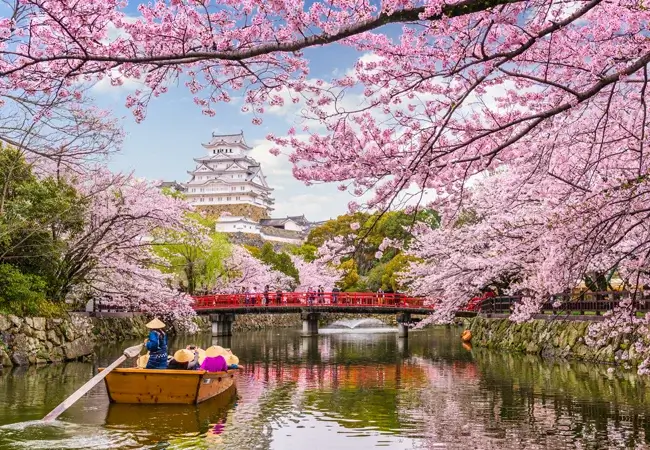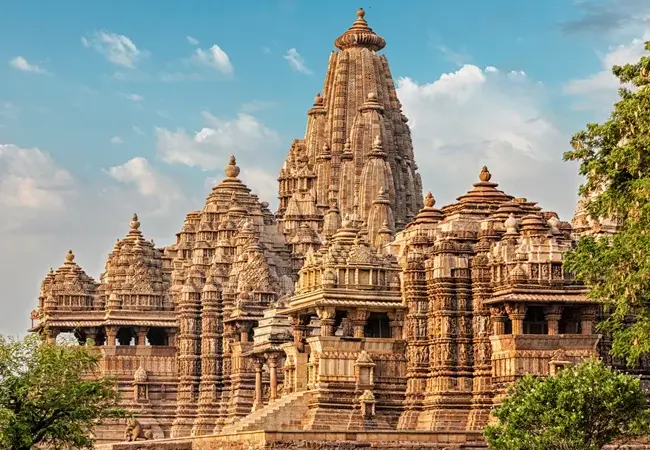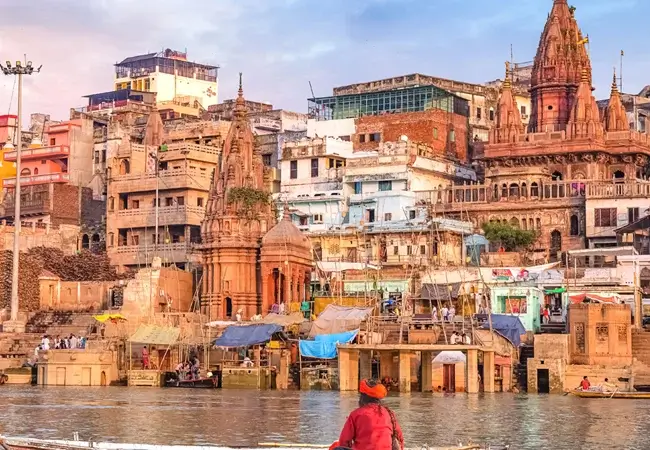West Bengal is mainly popular for its culture, tradition, and mouth-watering cuisine. Apart from these, West Bengal is also famous for its rich abundance of flora and fauna and is known to house the pride of the nation- the Royal Bengal Tiger. Not only the Royal Bengal Tiger, but West Bengal is also famous for its one-horned rhino that keeps on roaming around in the Terai /Dooars grassland, the leopards that are spotted lurking in the foothills of the Himalayas and the Red Panda, which rests in the bamboo groves of the Himalayas.
The forests of this state are known to have a rich assemblage of diverse habitats as well as vegetation due to the presence of eight different types of forests. Since the habitat is quite diverse, the flora and fauna of West Bengal are known to have attained their combined characteristics of the Himalayan, sub-Himalayan as well as Gangetic plain.
Moreover, diversity is also prominent in different types of ecosystems existing in the forests of West Bengal like the mountain ecosystem of the north, forest ecosystem that occupies the major portion of the state, freshwater ecosystem, semiarid ecosystem in the western part, mangrove ecosystem in the south and coastal marine ecosystem along the shoreline. According to a census conducted by the forest officials of the state, the faunal diversity stands at approximately 10,013 species out of a total of 89,451 species of animals that inhabit our country. Hence, this state alone houses 11.19% of our country’s faunal species, which proves its ecosystem richness.
The Sunderbans National Park is not only a national park but it is also a tiger reserve as well as the biosphere, lying adjacent to the Sundarban Reserve Forest in Bangladesh. This delta remains densely covered by mangrove forests, thereby contributing to its richness in the maintenance of the forest ecosystem, and is considered to be one of the largest reserves for the Bengal tiger. Moreover, it also houses a variety of bird, reptile, and invertebrate species, including the salt-water crocodile. This area was declared the core of the Sundarban Tiger Reserve in 1973 and a wildlife sanctuary in 1977. Finally, in the year 1984, it was declared a national park. UNESCO declared it a World Heritage Site in the year 1987 and has been designated as a Ramsar site in 2019.
It is to be noted that West Bengal is very particular about the conservation as well as protection of sustainable resources so that a long-term goal of biodiversity conservation can be achieved. The overall strategy comprises protection of critical habitats of endangered species inhabiting the state. It is home to an array of highly endangered species that require special protection such as the Asian elephant, Great horned Rhino, Gaur, Serow, Red Panda, Black Necked Crane, Great pied Hornbill, Goliath Heron, Estuarine Crocodile, Salvator Lizards, Olive Ridley Marine Turtle, rare Batagur terrapin. Moreover, this state alone houses most of the cat species of India such as the Royal Bengal Tiger, Leopard, Clouded Leopard, Marbled Cat, Leopard Cat, Golden Cat, Jungle Cat, and Fishing Cat as well.

Unlike other national parks, there is no elephant or jeep safari in the Sunderbans National Park. Thus, the visitors can take a boat safari that runs down the various lanes formed by the flowing rivers. There are local boats or vessels that are being operated by the West Bengal Tourism Department Corporation, namely M.V.Chitralekha and M.V.Sarbajaya. Visitors from Kolkata can opt for land and cruise safaris that are provided by Sunderban Tiger Camp (the only government-approved resort available in the region).
Other attractions of this region apart from wildlife comprise Sudhanyakali Watch Tower, Dobanki WatchTower, Buridabri Watch WatchTower, Netidhopani WatchTower, Sajnekhali Bird Sanctuary, Bhagabatpur Crocodile Project, Sagar Island, and many more.
The Sunderban Tiger Reserve is situated in the South 24 Paraganas district of the state, having a total geographical area of approximately 2585 km2. Out of this area, 1474 km2 is covered by dense forest. Sunderban mangroves hold the record of forming the largest mangrove system of the Indian subcontinent with a tiger population in a distinct ecological setting. This forest houses saltwater crocodiles, estuarine and marine turtles, accompanied by a number of bird species. Besides, fishing cats, spotted deer, rhesus monkeys, and wild pigs are also found in this region.

The Sundari tree is a large tree, having wing-shaped nuts that can be easily recognized by the silvery scales on the underside of its leaves. The scientific name of the Sundari tree is Heritiera littoralis.
The Sundari tree has the capacity to grow up to a height of approximately 25 m. The tree is also known to bear fruits that are formed in a clustered fashion. Besides, it is also known to be the chief source of timber among the people inhabiting Sunderban. The wood is red in color and extremely hard, thereby yielding good quality charcoal and also used in boat building, manufacturing hardwood floors as well as furniture. It is also used to make pilings, bridges, and wharves.
Mangrove trees require a special environment for their growth, comprising a mixture of a specific proportion of saline water and sweet water. If any kind of change is introduced into this specific mixture, then it can cause damage to the mangrove forests. Recently, there has been an increase in saline water and climate change has also affected the growth of mangrove trees. As a consequence, the number of Sundari trees is declining with each passing day. According to an estimate, in the last 30 years, around 1.44 million cubic meters of Sundari trees worth 2,000 crores have been destroyed after being affected by the top-dying disease.

Sunderbans is considered to be the largest contiguous mangrove ecosystem in the World between India and Bangladesh. One of the unique and rare species found in this ecosystem is the horseshoe crab, which is a prehistoric crustacean that has been on this earth for more than 300 million years. Mainly, there are two species of horseshoe crabs found here- the Indo-Pacific HSC (Tachypleus gigas) and the Mangrove HSC (Carcinoscorpius rotundicauda).
Over the past decade, the number of horseshoe crabs has been declining due to severe loss of habitat. Though this area is listed under Schedule IV of the Wildlife Protection Act (1972), there does a lack of protective measures that have been implemented for the crabs that inhabit this region.
Since the landscape of this National Park is unique, only boat safaris are available. The safari timing is usually between 8:30 am to 4:00 pm. The boat safaris are mainly arranged by the forest officials in boats both small and large in size.
The ideal time to visit this National Park is from September to March because this period offers the most pleasant weather. However, the summer months are ideal to spot tigers along the banks due to high temperatures.














